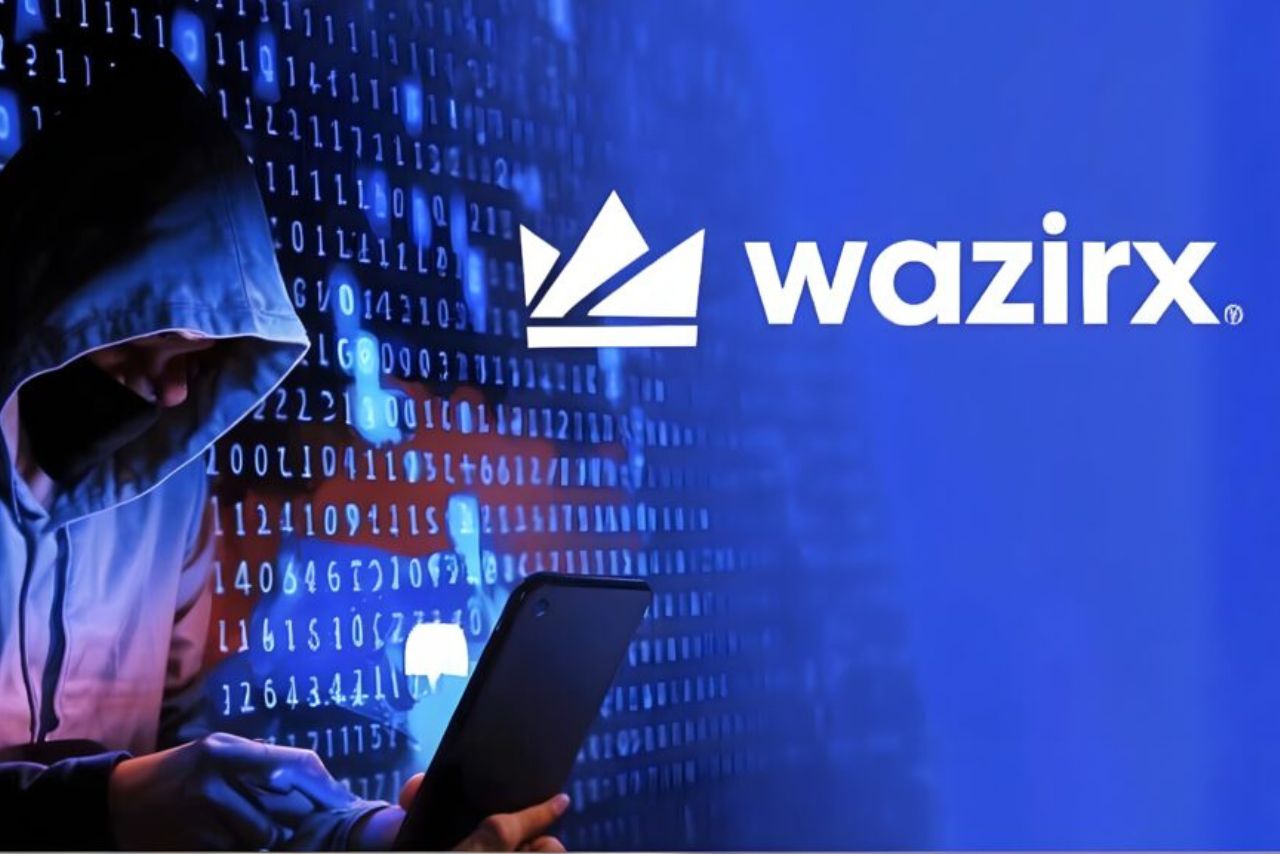In a decisive move, over 93% of WazirX creditors greenlit a restructuring plan to repay victims of a devastating $230 million hack. The July 2024 breach, linked to North Korea’s Lazarus Group, left thousands in financial turmoil. Now, with court approval pending, users could see partial refunds as early as mid-April. Here’s how the embattled crypto exchange plans to turn the tide.
Creditors Rally Behind Recovery Plan
WazirX secured overwhelming support from 131,659 creditors 93.1% by count and 94.6% by value for its Scheme of Arrangement. The vote, held March 19–28 on Kroll Issuer Services, surpassed Singapore’s legal thresholds, avoiding a lengthy liquidation process. “This approval reflects collective trust in our roadmap,” a WazirX spokesperson stated. Creditors representing $184.99 million in claims backed the plan, which promises faster repayments than liquidation’s estimated 2030 timeline.
On the other hand, critics warned of risks, but proponents emphasised the plan’s phased withdrawals and trading resumptions. Legal experts note the outcome signals rare consensus in crypto bankruptcy cases.
The Hack: A $230M Wake-Up Call
In July 2024, hackers infiltrated a WazirX Ethereum wallet managed by third-party custodian Liminal, syphoning assets worth $234.9 million. The breach, attributed to the Lazarus Group, exploited disputed security flaws. WazirX blamed Liminal’s systems, while Liminal countered that lax protocols on the exchange’s end enabled the attack.
Stolen funds vanished into Tornado Cash, a crypto mixer, within hours. Despite freezing $3 million in January 2025, recovery efforts stalled. The hack erased 45% of WazirX’s holdings, sparking outrage and regulatory probes in India.
Restructuring Blueprint: Payouts, Tokens, and a New Exchange
If Singapore’s High Court sanctions the plan, WazirX will trigger a 10-day initial payout using $566.4 million in liquid assets, a surplus fuelled by 2024’s crypto rally. Users receive refunds proportional to pre-hack balances.
Next, the exchange will issue Recovery Tokens (RTs) for remaining claims, tradable on its platform. A planned decentralised exchange (DEX), allowing self-custody to prevent future breaches, will fund RT buybacks through profits. Founder Nischal Shetty called the DEX a “game-changer for user security.”
Roadblocks and Skepticism
Despite progress, challenges loom. Users criticise partial repayments and vague RT redemption timelines. “Why should we wait years for what’s ours?” asked one creditor. Transparency concerns persist, exacerbated by WazirX’s initial blame game with Liminal and Binance.
Operational risks also threaten the plan’s success. Regaining trust post-hack remains uphill, and the DEX’s profitability hinges on market volatility. Legal observers warn Singapore’s court could still reject the scheme, forcing liquidation.
Industry Implications: A New Playbook for Crypto Crises?
WazirX’s strategy could pioneer how exchanges handle mega-hacks. By blending restructuring with tokenisation and decentralised solutions, it offers a template for balancing creditor rights and business continuity. However, experts stress its success depends on execution.
“This isn’t just about WazirX; it’s a test for crypto’s resilience,” said blockchain analyst Priya Reddy. If the DEX thrives and RTs gain value, the model might inspire others. Yet, critics argue it normalises partial refunds, lowering accountability standards.
What Happens Next?
All eyes now turn to Singapore’s High Court, expected to rule by late April. Approval would activate immediate payouts and phased platform reactivation. Denial could plunge the process into liquidation limbo.
For users, the vote brings cautious optimism. “It’s not perfect, but it’s progress,” said Mumbai-based creditor Arjun Mehta. While full recovery seems unlikely, WazirX’s plan offers a lifeline and a lesson in crypto’s high-stakes vulnerability.
Written By Fazal Ul Vahab C H



